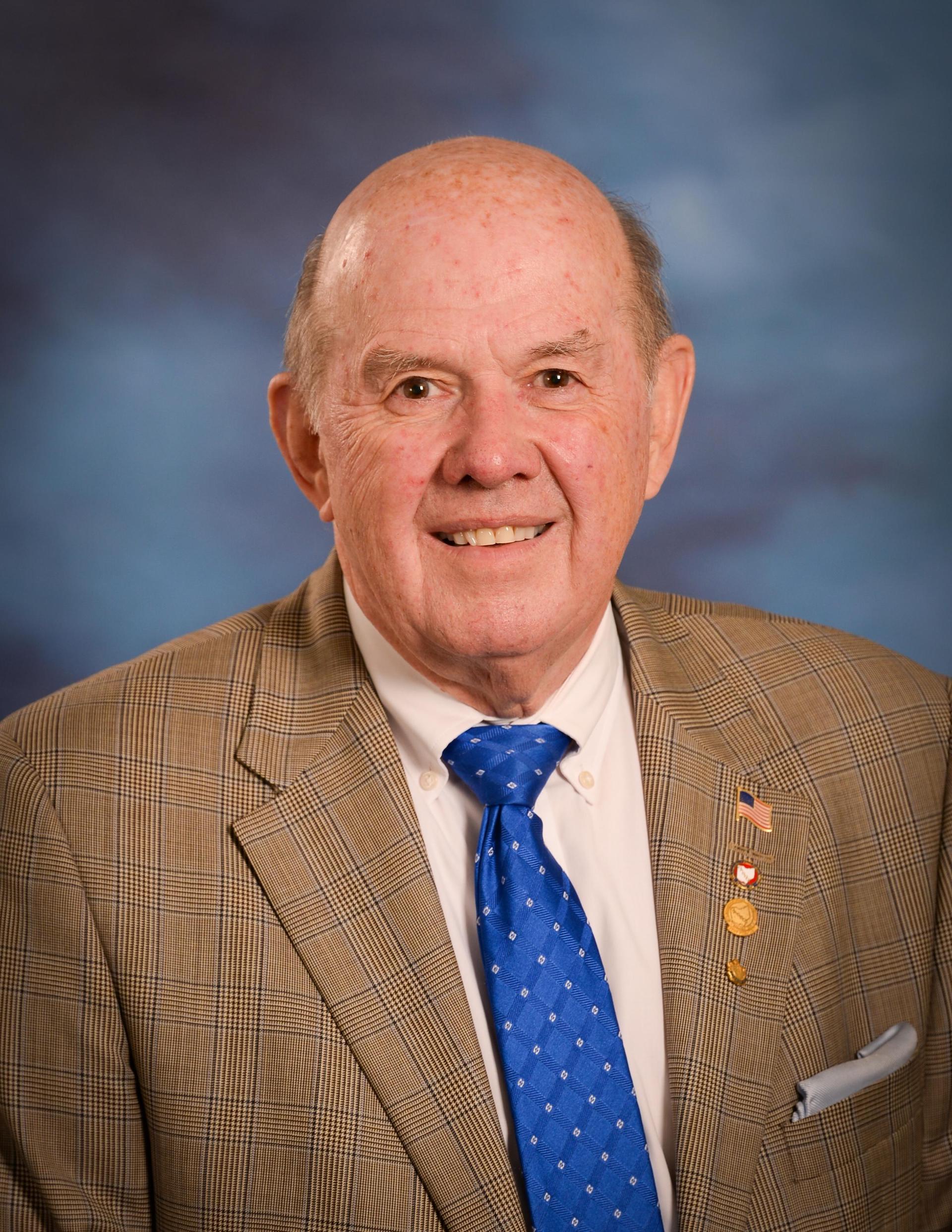Holy Mackerel, the South’s gonna rise again, in Hiram! Well, maybe not THAT Robert E. Lee, but never-the-less, Mr. Bob Lee has a 1948 Chevrolet coupe sitting in front of the garage at the white house high on the hill on Rt. 82 coming into Hiram. I saw the roofline—that old ‘40s car roofline—out of the corner of my eye one day as my wife and I were going to the college athletic center. I made a mental note to knock on the door one day and find out about that car. As luck would have it Bob called me about one of the old car articles.
Old car rooflines are very distinctive to me. Maybe it’s because they were imprinted on us when we were young. Back then in the 1950s, automobiles were extremely important to our families, much more so, I believe, than now. Today’s automobiles are ….transportation, a means to get from here to there. Back then society seemed to focus on the new car introductions each fall. We were aware of what each new car looked like.
Automotive rooflines have changed of course, decade by decade. They have gone from angular in the 20s and 30s to rounded in the 40s, then back to angular again toward the 60s. Each decade seems to usher in a distinctive roofline. But the 40s and 50s rooflines were distinctly rounded. These days I seem to be able to subliminally spot an old roofline in the periphery of my vision field while driving down the road. I think my wife can too. Maybe the south is not rising again, but a 40’s roofline sure has been resurrected in Hiram, in the form of a 1948 Chevy Coupe.
So what’s the story about this car, Bob, I said as he sat in it in front of his barn. It’s a rare one these days. Oh, it seemed that they were common as ants back in the late 40s and early fifties. Why, when I was young, a guy across the street had one, an old black -46-47-48 Chevy held together with the proverbial “baling wire”. Quite literally the baling wire was poked through rust holes in the body and rear fenders then twisted into a knot to keep the fenders from falling off. It was impossible to tell exactly what year it as because all three years were differentiated by only the slightest of trim differences. They all looked the same. And back then, they all seemed to have become old jalopies, junkers, or work cars sitting outside the garage while the new 1955-56 models luxuriated in the garage. Now-a days you hardly ever see a 40s Chevy, in any condition, even at cruise ins.
“I was brought up in Geauga Lake back in the forties and fifties”, says Bob. “Back in those days that was a really good place to live. It was a close community; everybody knew everybody else and most people worked at Geauga Lake across the street. Nobody had much money. I remember when my oldest brother Bill took my mother’s new checkered oilcloth tablecloth to cover a roof leak in his Model “A” Ford. She had a fit. It cost .89 cents and we didn’t have the money to replace it. Aurora proper back in the early 50s was only a handful of big houses at the crossroads of Rt.306, Rt. 82, and Rt. 43 while Geauga Lake was a much bigger community of cottages and small houses. Most of the people worked at Geauga Lake (An amusement park rivaling Euclid Beach back in the day). My father worked there, died there. My brother had a service station across the street from the Lake. We lived in one of the houses owned by Geauga Lake. It’s not there anymore. Neither is Geauga Lake Park. One of my favorite cars that I had was a 1948 Chevy convertible. It wasn’t new but I really liked it. Well, after I went into the service let’s just say it disappeared, went to the junkyard. I wish I had it back. I have always looked for one since then but I never could find one at a reasonable price. These days a convertible 1940s Chevy in any condition commands an extraordinary price so I’d never find one of those.
About six years ago through an acquaintance I ran across this Coupe in Mantua, There were some title problems, It came from Virginia and the proper papers weren’t signed. The person was eventually going to restore it. But because of the paperwork problems I was able to buy it for a reasonable price. It took about 6 months to get the title problems ironed out. And I’ve been working on it since then.
These days I obviously have health problems–have to carry this oxygen tank around with me all the time. So I’m not too mobile anymore. I’m 70 years old. This car is one of those things that keep me going. I enjoy working on it. Oh, It’s no beauty queen. But it is good and solid, not all rusted out. It doesn’t have the right front seats. I re-did the whole brake system, put new electric wipers in it, and converted it to 12 volts. I put new gauges in it because I don’t know how trustworthy the old gauges are. I really enjoy it. I just got new fender skirts for it. Most every part is available in these catalogs but many things are really expensive! I can’t afford to restore it for shows. But I can take it down the road now. My goal is to get it good and roadable.”
The post war automobiles of 1946-48 for the most part were all based upon the prewar models of 1941-42. That is to say, they were warmed over 1942 models with some accouterments added on. By the end of the war though there was such a pent-up demand for new “anything” that all new automobiles were scarfed up as fast as they were made. The new and more familiar styling associated with modern post war cars really began to hit the market in 1949 when General Motors and Ford introduced their all-new styling. In retrospect, the 41-48 cars and their, by then, “antiquated styling” seemed to fall by the wayside. They were considered less desirable, and in typical American consumer logic, shunned in favor of the new styling of the 50’s automobiles. Thus with typical American arbitrary-ness, 1949-52 Chevys and Fords are considered much more collectable than the 40-48 cars, the 53-54 cars, or the 59-60 cars. Conversely the 55-56-57 models are coveted. So a 1948 Chevrolet is rare to sight these days.
So this car is not a beauty queen. Who cares really! It’s the value that these old cars have to each of us that is most important. I, for one, really enjoy seeing the old cars turn up at cruise-ins and car shows. I always spend extra time looking at these unrestored gems. I guarantee that just as many people will stop, look and reminisce about this car as they will about the pristine, shiny trailer queens lined up down the row. They can actually see, touch, and smell the old car, and maybe sit in the front seat and honk the horn!
The Old Road is a column that features antique automobiles, old cars, their owners, and their stories of the road, the restoration, and the acquisitions. Do you have a restored antique auto? Perhaps you have an old daily driver or a no longer drivable derelict with an endearing family history sitting out in the barn or a field? Maybe you have questions about restoration. Drop me a line: E-mail me at Skipstaxidermy@yahoo.com, or give me a call at 330-562-9801, I’d like to hear from you.














